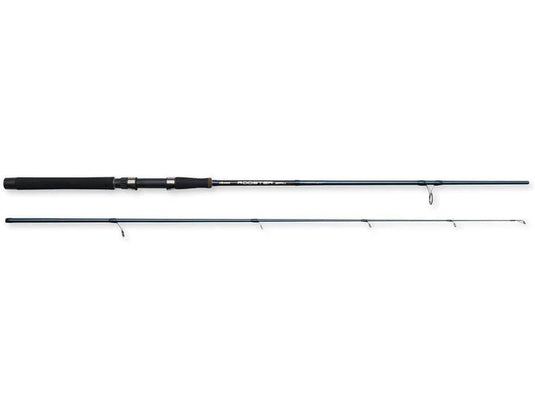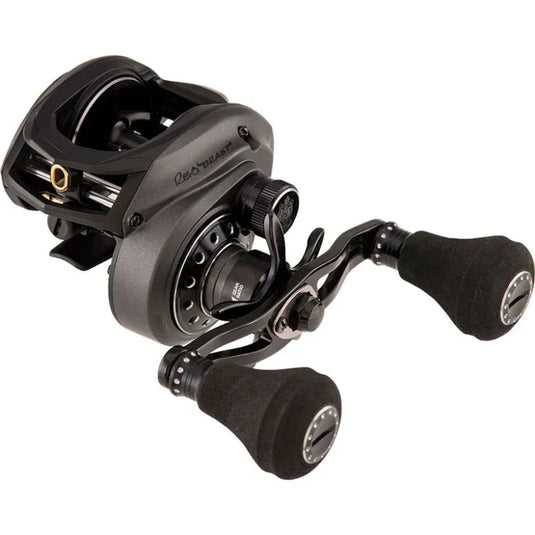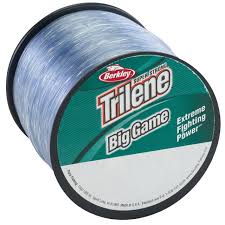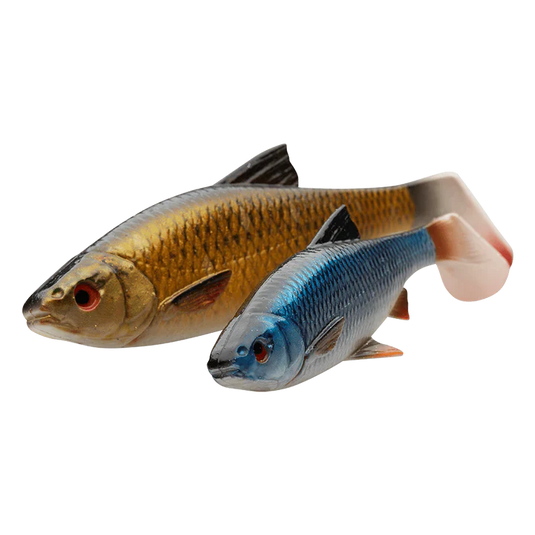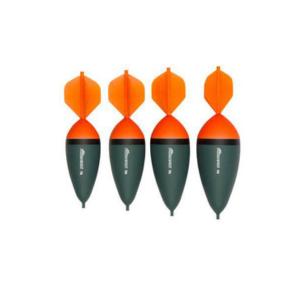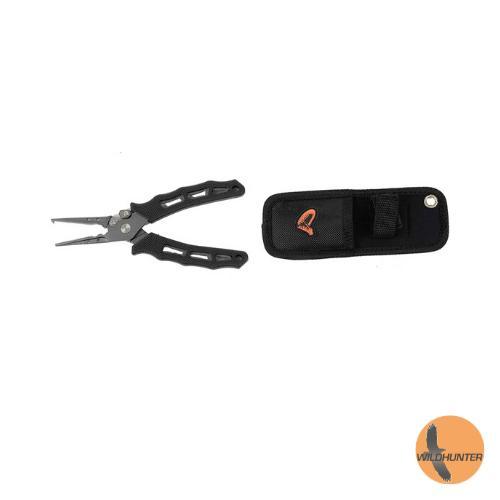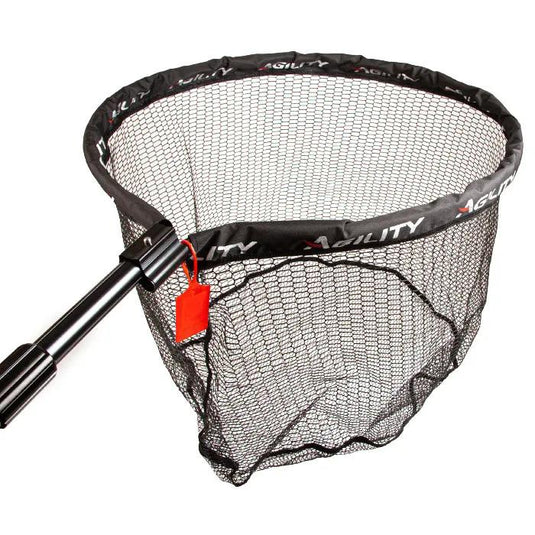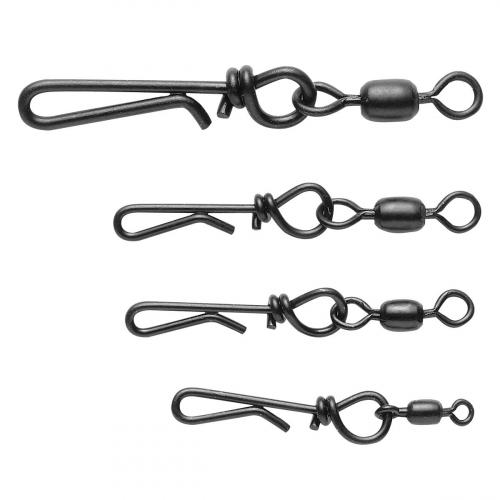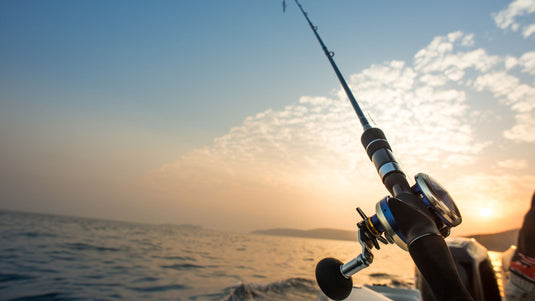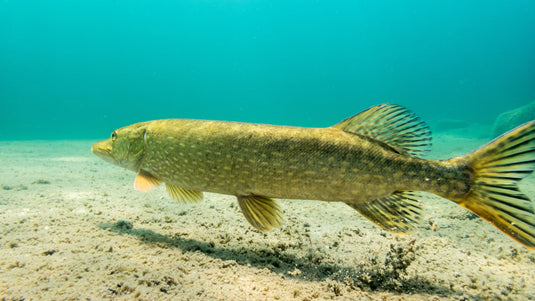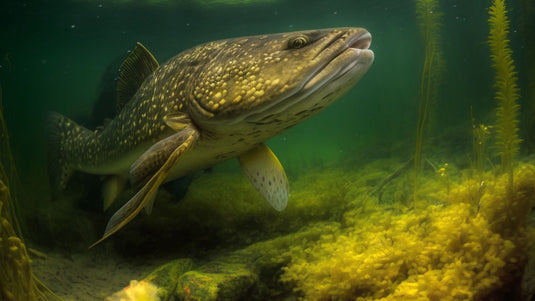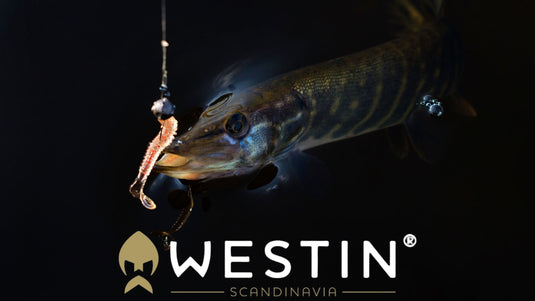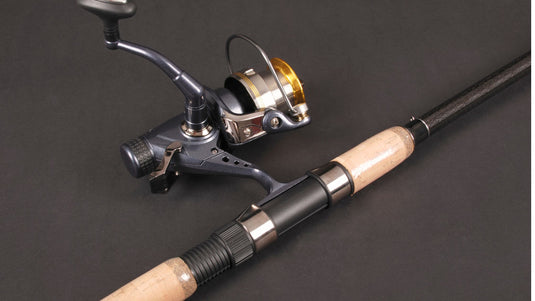Fishing Tackle Essentials: Gear Every Angler Should Have
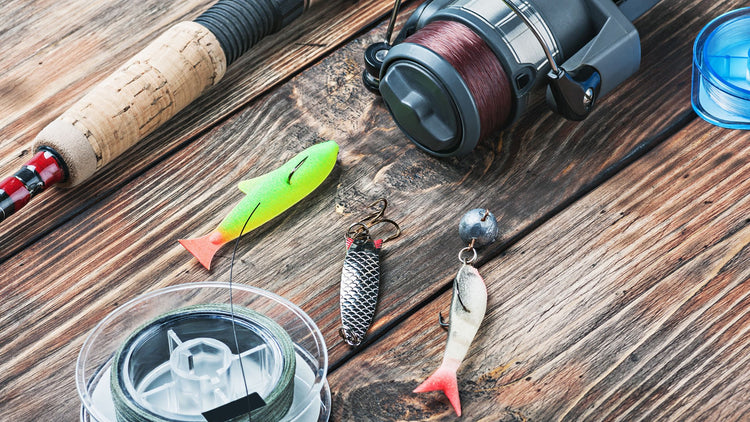
Fishing is more than just a hobby; for many, it’s a way of life. Whether you're a seasoned pro or just getting started, one thing is certain—having the right fishing tackle can make or break your experience on the water. Fishing tackle refers to the gear used for catching fish, and while there’s a vast array of options available, some items are absolutely essential. In this blog, we’ll explore the must-have fishing tackle essentials to help you maximize your success and enjoyment on your next fishing trip.
1. Fishing Rod and Reel
At the heart of every fishing setup is the rod and reel, a pair that serves as the angler’s primary tools for casting and retrieving. Selecting the right rod and reel depends largely on the type of fishing you plan to do, but there are general categories to consider:
-
Fishing Rod: Fishing rods come in various lengths, materials, and flexibilities (referred to as action). For beginners, a medium-action rod between 6 and 7 feet is a versatile choice, suitable for both freshwater and light saltwater fishing.
-
Fishing Reel: The reel should match your rod in terms of size and strength. Spinning reels are a popular choice for beginners due to their ease of use, while baitcasting reels are favored by more experienced anglers who need greater control and precision.
2. Fishing Line
The fishing line is what connects you to the fish, and choosing the right line is critical for success. There are three main types of fishing lines to consider:
-
Monofilament Line: Made from a single strand of plastic, monofilament is easy to use, affordable, and has some stretch, making it a forgiving choice for beginners. It's versatile and works well in various situations.
-
Braided Line: This type of line is made by weaving together several fibers, creating a strong, thin line with no stretch. It’s perfect for heavy cover or deep-sea fishing but requires a little more skill when handling.
-
Fluorocarbon Line: Known for being nearly invisible underwater, fluorocarbon is great for clear water and finicky fish. It’s often used as a leader material in combination with other lines.
Tip: Always bring extra line in case of tangles or breaks, and be sure to match your line weight to your rod and the type of fish you’re targeting.
3. Hooks
Hooks are an essential part of fishing tackle, and you’ll need the right size and type for the fish you’re targeting. Fishing hooks come in many different styles, but here are a few common ones:
-
J-Hooks: The most traditional hook shape, perfect for a variety of species and techniques. They come in sizes ranging from very small (size 32) to very large (size 1/0 and beyond).
-
Circle Hooks: Designed to hook fish in the corner of the mouth, reducing injury and making it easier to release fish unharmed. They’re often used in catch-and-release fishing.
-
Treble Hooks: Featuring three points, treble hooks are common on lures and are ideal for fish that strike aggressively.
Tip: Carry a selection of hook sizes to ensure you’re prepared for different bait sizes and fish species.
4. Sinkers (Weights)
Sinkers are used to weigh down your bait or lure so it can reach the desired depth. They come in a variety of shapes and sizes, depending on the fishing technique and environment. Here are a few common types:
-
Split Shot Sinkers: Small, versatile weights that can be easily added or removed from your line. Great for subtle weight adjustments.
-
Egg Sinkers: Often used in rigs like the Carolina Rig, these oval-shaped sinkers allow the line to slide through, which helps when fish are cautious and need to pick up the bait without feeling resistance.
-
Pyramid Sinkers: Commonly used in surf fishing, these triangular weights are designed to anchor in sandy or muddy bottoms, holding your bait in place in strong currents.
Tip: Start with lighter sinkers and only increase the weight if you need to keep your bait in place, especially in deeper water or strong currents.
5. Fishing Lures
Fishing lures are artificial bait designed to mimic the movement, appearance, or sound of prey fish. There are hundreds of types of lures available, but some essential categories include:
-
Soft Plastics: These flexible lures resemble worms, minnows, or other creatures and are great for bass fishing. They can be rigged in various ways, such as the Texas or Carolina rig.
-
Crankbaits: Designed to imitate baitfish, crankbaits are hard-bodied lures that dive to different depths when retrieved. They’re ideal for covering large areas of water quickly.
-
Spinnerbaits: Featuring a spinning blade that flashes and vibrates in the water, spinnerbaits are great for attracting fish in murky water or low-light conditions.
-
Topwater Lures: These float on the surface and mimic injured prey, creating a splash that attracts predatory fish like bass and pike.
Tip: The type of lure you choose will depend on the fish species, water clarity, and time of day. Always carry a variety of lures to adapt to different conditions.
6. Bobbers (Floats)
Bobbers, also known as floats, help keep your bait suspended at a specific depth and serve as visual indicators when a fish bites. There are several types of bobbers to choose from:
-
Fixed Bobbers: These attach directly to the line and are ideal for shallow water. They come in various shapes, including the classic round "red-and-white" bobbers.
-
Slip Bobbers: Slip bobbers can slide up and down the line, allowing you to fish at greater depths while still using a bobber.
Tip: Slip bobbers are more versatile and better suited for targeting fish in deeper water, while fixed bobbers are easier to set up for beginners.
7. Swivels and Snaps
Swivels and snaps are small but essential components that connect different parts of your rig while preventing line twist. They make it easier to change lures or hooks without having to constantly re-tie knots.
-
Barrel Swivel: Helps prevent your line from twisting, especially when using spinning lures or live bait.
-
Snap Swivel: Combines a swivel and a snap, allowing for quick and easy lure changes without needing to retie.
Tip: Use swivels when using spinning lures or trolling, as these techniques tend to cause line twist.
8. Tackle Box
A good tackle box keeps your fishing gear organized and easily accessible. Modern tackle boxes come in many sizes and designs, with various compartments for lures, hooks, and other essentials. Consider getting one with adjustable dividers so you can customize the storage space according to your gear.
Tip: Invest in a waterproof tackle box to keep your gear dry, and include smaller containers to separate different types of hooks, sinkers, and lures.
9. Fishing Pliers and Line Cutter
Fishing pliers are an often-overlooked essential. These multipurpose tools can be used for removing hooks, cutting lines, crimping sinkers, and handling fish. Look for pliers made from corrosion-resistant materials if you plan on fishing in saltwater.
Tip: Many pliers come with built-in line cutters, but it’s always good to carry a dedicated line cutter or sharp scissors to quickly trim excess line.
10. Fishing Net
A landing net is useful for safely bringing your catch out of the water, especially for larger fish that are difficult to handle with just your hands. Nets with rubber mesh are gentler on fish, making them a great option for catch-and-release fishing.
Tip: Choose a net size that suits the species you’re targeting. Smaller nets are easier to handle but may not be adequate for larger fish.
Conclusion
Whether you're just starting out or looking to upgrade your fishing gear, these tackle essentials will cover all your basic needs. Having the right equipment will not only improve your fishing success but also make your time on the water more enjoyable. Remember to tailor your gear to the type of fishing you plan to do, the species you're targeting, and the environment in which you’re fishing.
By investing in quality gear and understanding how each piece of tackle plays its role, you’ll be well-prepared for whatever your fishing adventures may bring. Tight lines!

